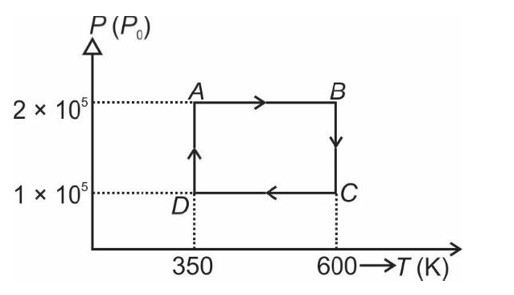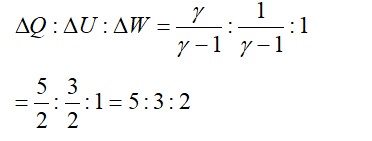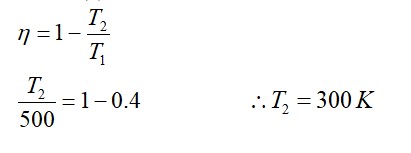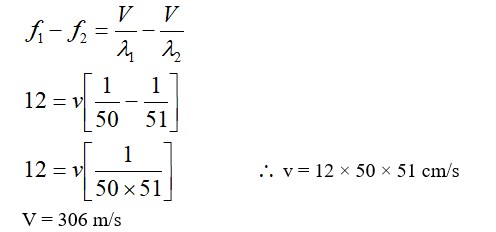Match List I with List II.
List I List II
(a) Isothermal (i) Pressure constant
(b) Isochoric (ii) Temperature constant
(c) Adiabatic (iii) Volume constant
(d) Isobaric (iv) Heat content is constant
Choose the correct answer from the options given below:
Match List I with List II.
List I List II
(a) Isothermal (i) Pressure constant
(b) Isochoric (ii) Temperature constant
(c) Adiabatic (iii) Volume constant
(d) Isobaric (iv) Heat content is constant
Choose the correct answer from the options given below:
Option 1 -
(a) ->(iii), (b) ->(ii), (c) ->(i), (d) ->(iv)
Option 2 -
(a) ->(i), (b) ->(iii), (c) ->(ii), (d) ->(iv)
Option 3 -
(a) ->(ii), (b) ->(iv), (c) ->(iii), (d) ->(i)
Option 4 -
(a) ->(ii), (b) ->(iii), (c) ->(iv), (d) ->(i)
-
1 Answer
-
Correct Option - 1
Detailed Solution:In isothermal process, temperature is constant.
In isochoric process, volume is constant.
In adiabatic process, there is no exchange of heat.
In isobaric process, pressure is constant.
Similar Questions for you
From A to B the process is isobaric

= W = 2 × R (600 - 350)
= 500 R
Heat is path dependent so path function but internal energy does not depend on path chosen.
Taking an Exam? Selecting a College?
Get authentic answers from experts, students and alumni that you won't find anywhere else
Sign Up on ShikshaOn Shiksha, get access to
- 66k Colleges
- 1.2k Exams
- 680k Reviews
- 1800k Answers






